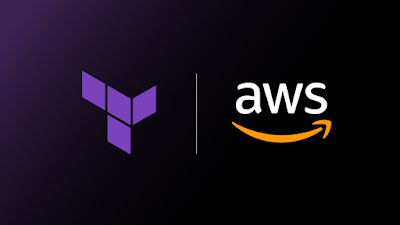Test Automation, Security, and other vegetables

Automation, Security, and other vegetables What is commonly overlooked when focusing on Quality? In this blog post, I want to delve into an aspect commonly overlooked in the context of Test Automation, and that’s the Security aspect. As test automation developers, we often overlook the basic fact that we are working on a software project. Just like any other software project, considering security in our test automation practices adds a vital layer of protection to our work environment and helps ensure that our work which was initially meant to save time and help quality efforts, will not provide an easy and accessible breach point to our application. So, on this note, let’s dive into why security should be an integral part of our automation efforts and explore some strategies to ensure our project is as effective as it is secure. Analyze the attack surface - Before we can effectively secure our test automation infrastructure, it's crucial to identify and analyze potential attac


